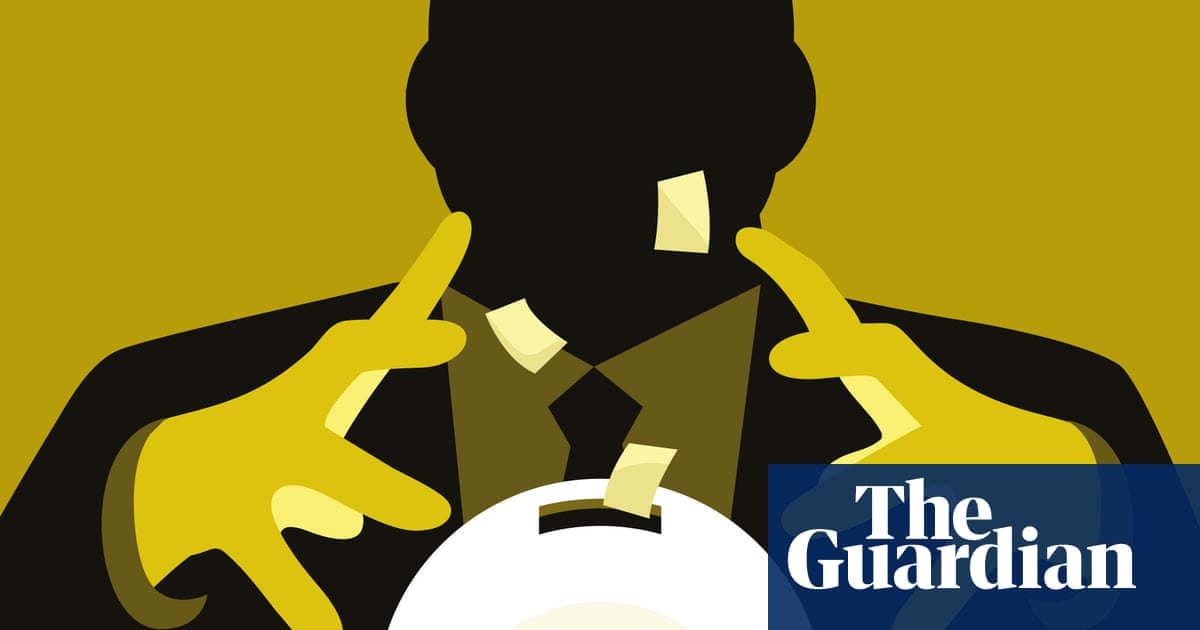Following the 2016 US presidential election, when opinion polls incorrectly predicted a victory for Hillary Clinton, the polling industry engaged in a familiar cycle of self-criticism and purported reform. However, these measures fell short of addressing the fundamental issues. While some countries, like France and Spain, ban the publication of polls in the days leading up to an election, a stronger case can be made for prohibiting their publication entirely.
Polls conducted far in advance of an election, asking how people would vote if one were held tomorrow, are effectively meaningless as a predictor of future governments. But their uselessness is not the primary reason to oppose them. The greater concern is that polls are actively harmful—a form of misinformation that degrades the public discourse.
A foundational problem is the myth of a singular “public opinion.” Except in the rare case of 100% consensus, reporting poll results as what “the public thinks” is a misrepresentation. Society is composed of diverse and often irreconcilable views. Polls sample these indiscriminately, giving equal weight to informed analysis, conspiracy theories, and uninformed impulses. This is how we learn that a third of Conservative voters might prefer Nigel Farage as prime minister, or that 7% of American men believe they could defeat a grizzly bear in unarmed combat.
Furthermore, polls do not merely measure pre-existing views; they often create them. As the journalist Walter Lippmann argued in his 1922 book Public Opinion, it is unrealistic to expect citizens to have settled, reasoned opinions on every complex issue. The act of being polled can prompt a person to form an instant opinion on a subject they had not previously considered. In a 1980 study that perfectly illustrates this, one-third of American respondents offered an opinion on repealing the “1975 Public Affairs Act”—a piece of legislation that never existed.
The design of a poll can also profoundly influence its outcome. A 1989 study found that subtle changes in wording yielded different results; for example, “assistance to the poor” received more support than “welfare.” Likewise, the order of questions matters, and support for government surveillance increases if the question mentions terrorism. People are also more likely to agree that the government “should not forbid speeches against democracy” than that it “should allow” them, despite the two statements being logically equivalent.
Modern opinion polling originated not in social science but in commerce. George Gallup, a pioneer of the industry, was an advertising executive who applied market research techniques to politics. He and his contemporaries saw polling as a tool for what Lippmann termed the “manufacture of consent”—the shaping of public attitudes by political and media interests. Gallup described his method as a way to ascertain “the will of the majority,” while his colleague Elmo Roper called the burgeoning industry “a veritable goldmine.”
This constant stream of polling data incentivizes short-term, reactive governance. A leader might implement a policy change in response to a poll, and if subsequent numbers improve, mistake public approval for sound policy. A policy designed to boost ratings over a few weeks is rarely the same as a robust policy designed to serve the public good for years.
Ultimately, the primary function opinion polls seem to serve is providing a steady flow of pseudo-news for the media. Without the daily “revelation” of a newly confected public opinion, news outlets would have significantly less to report.




